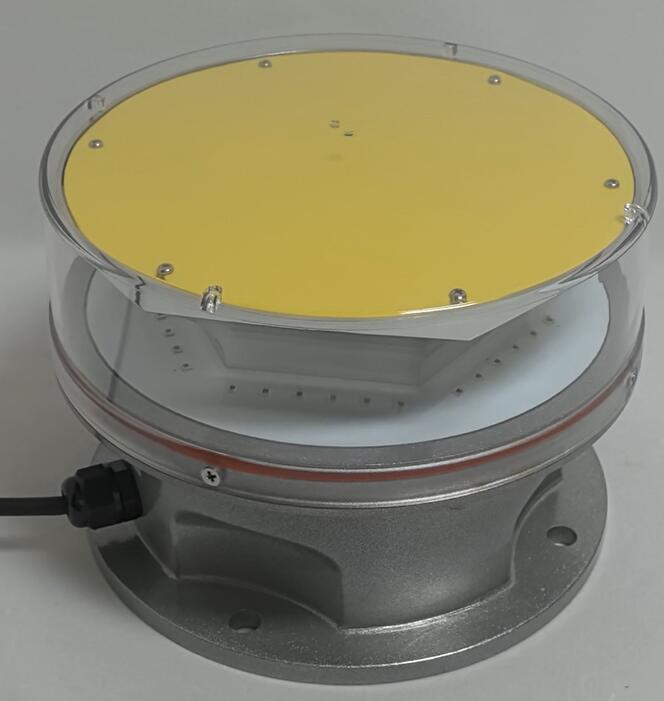Building obstruction lights are essential safety devices designed to prevent collisions between aircraft and tall structures. As urbanization accelerates and skyscrapers dominate city skylines, these lights play a pivotal role in ensuring aviation safety. This article explores the importance, types, regulations, and technological advancements of building obstruction lights.
Why Building Obstruction Lights Matter
The primary purpose of building obstruction lights is to make tall structures visible to pilots, especially during low visibility conditions such as fog, rain, or nighttime. Without these lights, aircraft could collide with buildings, communication towers, wind turbines, or other high-rise structures, leading to catastrophic accidents.

The International Civil Aviation Organization (ICAO) and the Federal Aviation Administration (FAA) mandate the installation of building obstruction lights on structures exceeding certain heights. Compliance with these regulations is not optional—it is a legal requirement to ensure air traffic safety.
Types of Building Obstruction Lights
Building obstruction lights come in different types, each serving specific purposes based on structure height, location, and aviation requirements.
| building obstruction light |
1. Low-Intensity Obstruction Lights
These lights are used for structures below 45 meters (148 feet) in height. They are typically red and can be either steady-burning or flashing. Low-intensity lights are common on buildings in urban areas where the risk of collision is lower due to fewer high-altitude flights.
2. Medium-Intensity Obstruction Lights
Medium-intensity lights are installed on structures between 45 and 150 meters (148 to 492 feet). They can emit red or white light and usually operate in a flashing mode to enhance visibility. These lights are often found on telecommunication towers and mid-rise buildings near airports.
3. High-Intensity Obstruction Lights
For structures taller than 150 meters, high-intensity white flashing lights are mandatory. These powerful lights ensure visibility from long distances and are critical for skyscrapers, wind turbines, and broadcasting towers.
4. Dual Lighting Systems
Some structures use a combination of red and white lights—red for nighttime and white for daytime. This dual system maximizes visibility under varying light conditions.
Regulations and Compliance
Building obstruction lights must adhere to strict aviation safety standards. Key regulatory bodies include:
ICAO (International Civil Aviation Organization) – Provides global guidelines for obstruction lighting.
FAA (Federal Aviation Administration) – Sets standards for the U.S., including light intensity, color, and flash patterns.
EASA (European Union Aviation Safety Agency) – Oversees aviation safety in Europe, including obstruction lighting requirements.
| building obstruction lights |
Non-compliance can result in penalties, legal liabilities, and increased accident risks. Regular inspections and maintenance are necessary to ensure these lights function correctly.
Technological Advancements in Building Obstruction Lights
Modern building obstruction lights incorporate advanced technologies to improve efficiency and reliability:
1. LED Lighting
LEDs have replaced traditional incandescent bulbs due to their energy efficiency, longer lifespan, and brighter illumination. They also reduce maintenance costs and operational downtime.
2. Solar-Powered Systems
In remote locations, solar-powered obstruction lights provide a sustainable solution without relying on grid electricity. These systems include battery backups to ensure continuous operation.
3. Smart Monitoring Systems
Some obstruction lights now feature IoT-enabled sensors that monitor performance in real-time. If a light fails, maintenance teams receive instant alerts, minimizing risks.
4. Adaptive Lighting
Newer models adjust brightness based on ambient light conditions, improving visibility while reducing light pollution.
Challenges and Solutions
Despite their importance, building obstruction lights face challenges:
Light Pollution – Excessive brightness can disturb nearby residents. Using properly shielded and intensity-controlled lights mitigates this issue.
Wildlife Disruption – Birds can be affected by flashing lights. Research is ongoing to develop avian-friendly lighting solutions.
Maintenance Difficulties – High-rise structures require specialized equipment for light servicing. Durable, long-lasting LEDs and remote monitoring help reduce maintenance frequency.
Building obstruction lights are indispensable for aviation safety, ensuring that tall structures remain visible to pilots at all times. With evolving technologies like LEDs, solar power, and smart monitoring, these systems are becoming more efficient and reliable. Compliance with international regulations is crucial to prevent accidents and safeguard both human lives and infrastructure. As cities continue to grow vertically, the role of building obstruction lights will only become more critical in maintaining safe skies.